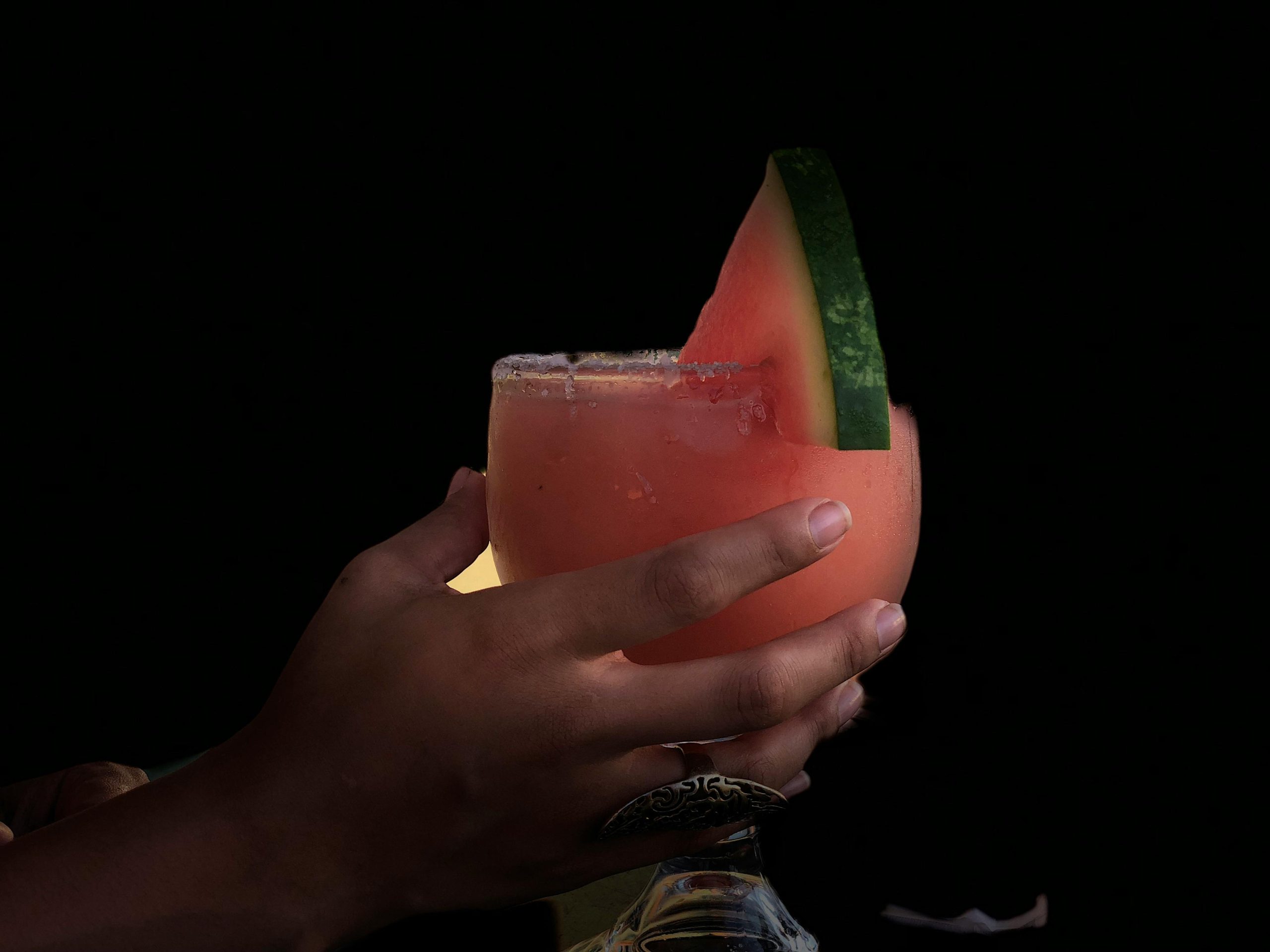Understanding the Deceptiveness of Food Labeling: A Closer Look at “Watermelon Crush” Drink
In the world of food and beverage marketing, packaging can often present a glossy, enticing image that may not fully align with the product’s actual composition. A recent discussion arose concerning a product labeled “Watermelon Crush” that warrants a closer examination to understand whether its labeling is misleading or within acceptable regulatory boundaries.
Product Overview
The beverage in question is marketed as “Watermelon Crush,” implying a prominent watermelon flavor and ingredient profile. The front packaging lists watermelon as the first ingredient, alongside other fruits. At first glance, this suggests a product with a significant watermelon presence.
Ingredient Breakdown
A detailed look at the ingredient list reveals a different story. The product is composed primarily of Apple and pear juice, constituting approximately 87% of the content. Watermelon juice is only about 10%, with the remaining ingredients being lychee juice at 2% and lime juice at 0.2%. To enhance visual appeal and give the drink a vibrant red hue, beetroot extract has been added as a coloring agent.
The Legal Perspective on Ingredient Lists
Legally, ingredient labeling on the packaging must list ingredients in descending order by weight. This means that the first listed ingredient—Apple and pear juice—actually makes up the majority of the product, despite the front-facing branding emphasizing watermelon.
The Discrepancy Between Marketing and Ingredients
However, marketing claims and packaging designs are often less regulated in comparison to ingredient lists, especially concerning front labels and advertising. This can lead to consumer confusion, as the product’s flavor profile and visual appearance may suggest a predominantly watermelon-based beverage, which is not technically accurate based on its ingredients.
Consumer Implications and Ethical Considerations
For consumers, this raises important questions about transparency and honesty in food marketing. While the product does contain watermelon juice, it is only a minor component relative to the majority of Apple and pear juices. The use of colorants to imitate a red watermelon interior further complicates consumer perception.
Is This Practice Acceptable?
Regulatory agencies typically allow such marketing practices as long as ingredient lists are accurate and truthful. Nonetheless, it is crucial for consumers to read the ingredients carefully rather than rely solely on front-label claims. Transparency in labeling fosters trust and informed decision-making.
Conclusion
While the label “Watermelon Crush” might imply a product centered around watermelon flavor, the actual composition underscores the importance of scrutinizing ingredient lists. This example highlights

